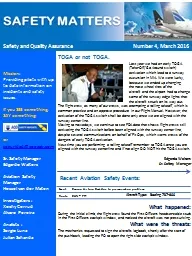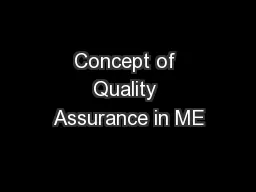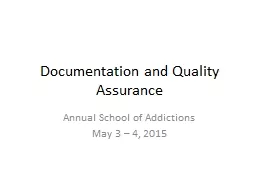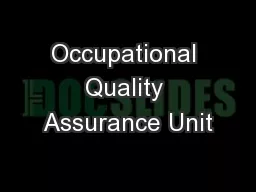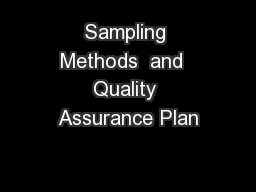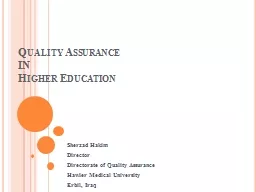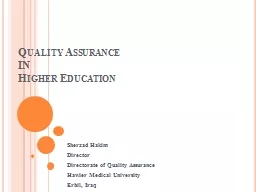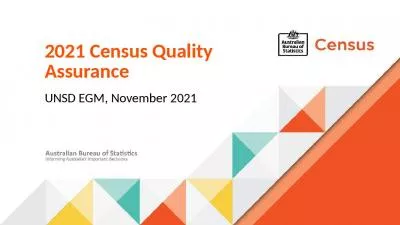PPT-Safety and Quality Assurance Number 4, March 2016
Author : liane-varnes | Published Date : 2017-11-07
Mission Providing pilots with up to date information on incidents and safety issues If you SEE something SAY something or seguridadcopaaircom Sr Safety Manager
Presentation Embed Code
Download Presentation
Download Presentation The PPT/PDF document "Safety and Quality Assurance Number 4,..." is the property of its rightful owner. Permission is granted to download and print the materials on this website for personal, non-commercial use only, and to display it on your personal computer provided you do not modify the materials and that you retain all copyright notices contained in the materials. By downloading content from our website, you accept the terms of this agreement.
Safety and Quality Assurance Number 4, March 2016: Transcript
Download Rules Of Document
"Safety and Quality Assurance Number 4, March 2016"The content belongs to its owner. You may download and print it for personal use, without modification, and keep all copyright notices. By downloading, you agree to these terms.
Related Documents

